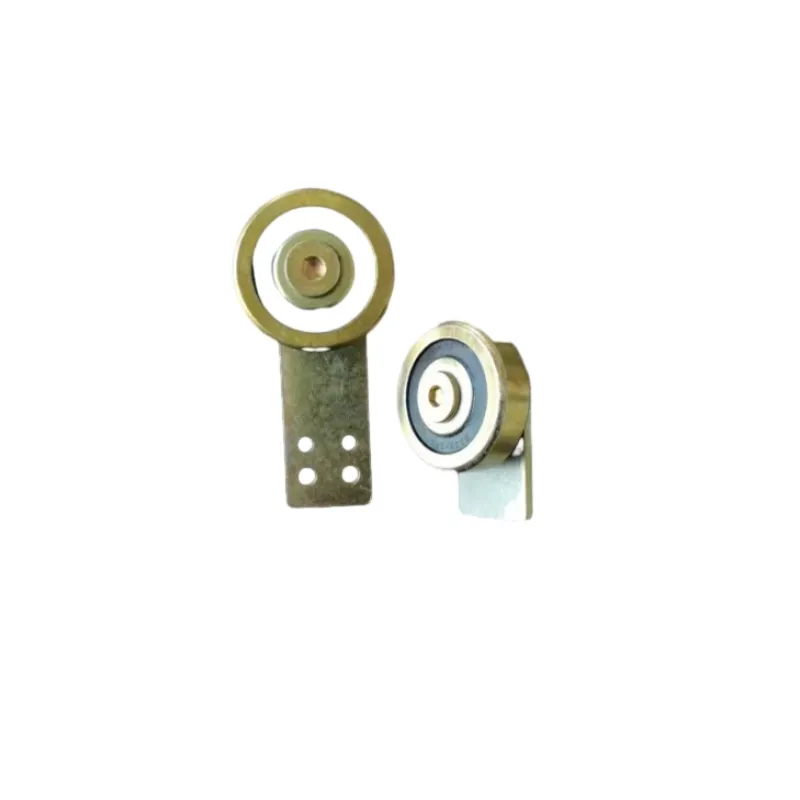
Dec . 03, 2024 16:20 Back to list
Overview of 6305 Bearing Specifications and Performance Characteristics
Understanding 6305 Bearing Specifications
Bearings are essential components in various machinery and equipment, facilitating smooth motion and reducing friction between moving parts. Among the wide variety of bearings available, the 6305 bearing is one that is widely used across different applications. Understanding the specifications of the 6305 bearing is crucial for engineers, designers, and technical professionals who rely on precision components in their systems. This article delves into the specifications of the 6305 bearing, its applications, and important considerations when selecting this bearing type.
Specifications of the 6305 Bearing
The 6305 bearing is classified as a deep groove ball bearing, which is one of the most common types of bearings found in machinery. Its specifications include
1. Dimensions The 6305 bearing has a bore (inner diameter) of 25 mm, an outer diameter of 62 mm, and a width (or thickness) of 17 mm. This standardized size enables the bearing to fit various equipment and machinery configurations.
2. Load Rating The dynamic load rating (C) of the 6305 bearing typically ranges from 12,000 to 17,000 Newtons, while the static load rating (C0) can vary between 6,500 to 9,500 Newtons. These values indicate the bearing's capacity to handle different loads during operation, making it a reliable choice for numerous applications.
3. Speed Rating The 6305 bearing can handle high speeds, with a limit often cited around 10,000 RPM, depending on specific factors such as lubrication and operating conditions. Users must ensure the bearing operates within its specified speed limits to prevent overheating and premature wear.
4. Material Most 6305 bearings are manufactured from high-quality steel, ensuring durability and strength. Some variations may use materials like stainless steel or ceramic, which offer improved corrosion resistance or lower friction properties.
5. Seals and Shields The 6305 bearing often comes in different variants, including open (without seals) and sealed versions (with rubber seals). Sealed types are designed to prevent contaminants from entering the bearing and retain lubrication, which is especially important in harsh environments.
Applications of the 6305 Bearing
Given its robust design and versatile specifications, the 6305 bearing is employed in a wide range of applications, including
- Automotive Used in vehicles for wheel hubs, transmissions, and alternators, ensuring smooth operation and reliability.
6305 bearing specifications

- Industrial Machinery Found in conveyor systems, pumps, and motors, the 6305 bearing plays a critical role in maintaining the efficiency of complex manufacturing processes.
- Household Appliances Commonly used in electric motors for appliances such as washing machines, dryers, and vacuum cleaners, ensuring longevity and performance.
- Agricultural Equipment Utilized in various farm machinery, such as tractors and harvesters, where durability and reliability are paramount.
Considerations for Selection
When selecting a 6305 bearing, several factors should be taken into account
1. Operating Environment Analyze the environment in which the bearing will operate. For high-moisture or corrosive environments, opting for stainless steel or sealed variants is advisable.
2. Load Conditions Understand the dynamic and static loads that the bearing will be subjected to, and ensure that the selected bearing can withstand these forces without failure.
3. Speed Requirements Consider the operational speed of the application to ensure compatibility with the bearing's speed rating.
4. Lubrication Proper lubrication is vital for the longevity of the bearing. Decide whether to employ grease or oil based on the bearing’s design and operating conditions.
Conclusion
The 6305 bearing is a versatile and widely used component that plays a crucial role in various applications, from automotive to industrial machinery. Understanding its specifications—dimensions, load ratings, speed ratings, materials, and sealing options—is essential for making informed decisions. By carefully considering the operating environment, load conditions, speed requirements, and lubrication methods when selecting a 6305 bearing, engineers can enhance the performance and lifespan of their machinery, ultimately leading to more efficient and reliable operations.
Latest news
-
Spherical Roller Bearings Applications: Heavy Duty, Self-Aligning
NewsAug.30,2025
-
Premium Deep Groove Ball Bearings | High Speed & Reliability
NewsAug.29,2025
-
Durable Scaffolding Clamps - Secure & Reliable Tube Connectors
NewsAug.28,2025
-
Common Failures in Thrust Ball Bearings and Solutions
NewsAug.22,2025
-
How Tapered Roller Bearings Can Take Shock Loads
NewsAug.22,2025
-
Angular Bearings in High-Precision Spindles
NewsAug.22,2025
